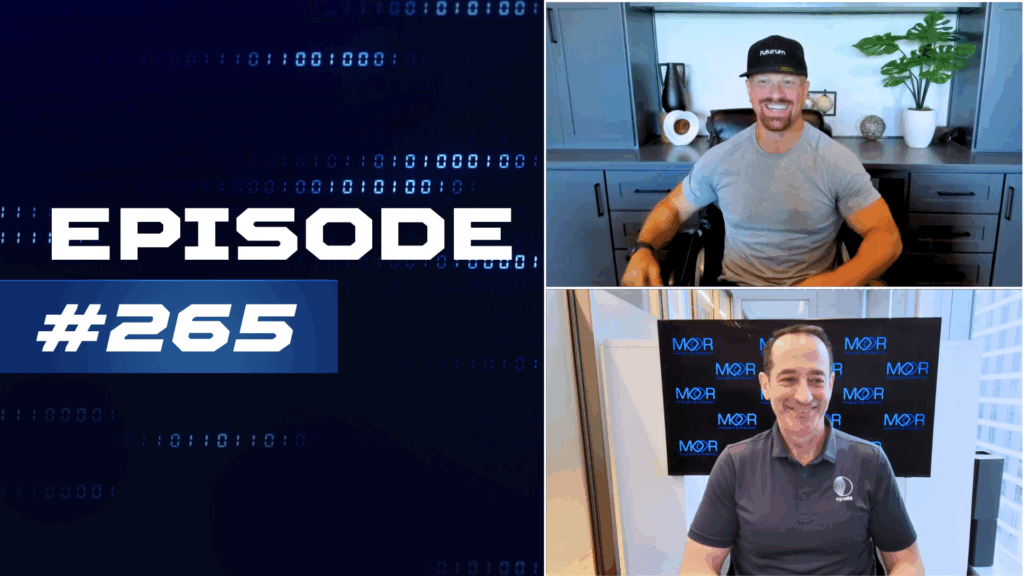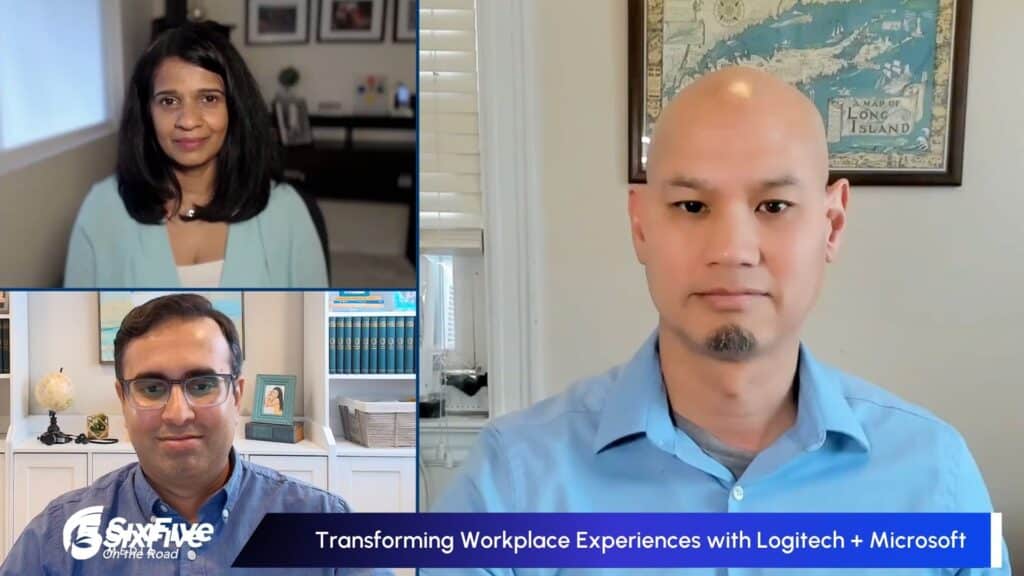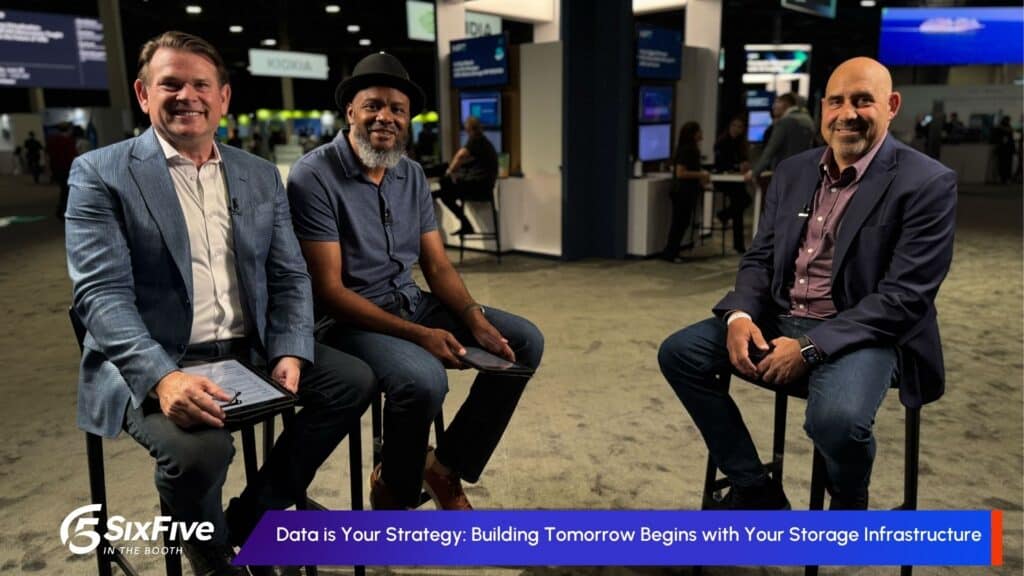The News: Marvell Technology, a provider of data infrastructure semiconductor solutions, reported financial results for fourth quarter (Q4) and fiscal year (FY) ended February 3, 2024. Read the full press release on Marvell’s website.
Marvell Q4 and Fiscal Year 2024: AI Takes Center Stage
Analyst Take: In Q4 FY 2024, Marvell generated net revenue of $1.427 billion, above the mid-point of the company’s guidance shared on November 30, 2023, growing by 1% year-over-year (YoY). GAAP net loss for Q4 FY 2024 was $392.7 million, or $0.45 per diluted share. Non-GAAP net income was $401.6 million, or $0.46 per diluted share. Cash flow from operations for Q4 was $546.6 million.
Net revenue for FY 2024 was $5.508 billion. GAAP net loss for FY 2024 was $933.4 million, or $1.08 per diluted share. Non-GAAP net income for FY 2024 was $1.310 billion, or $1.51 per diluted share.
Marvell Chairman and CEO Matt Murphy spotlighted that the company delivered Q4 FY 2024 revenue above the mid-point of guidance. AI drove strong growth in the company’s data center end market revenue, which increased 38% and 54% year-over-year (YoY). By enabling accelerated infrastructure for AI, Marvell is capitalizing on the immense technology trend, which continues to gain momentum.
In first quarter (Q1) FY 2025, Marvell expects continued sequential growth in its data center revenue with initial shipments of the company’s optimized silicon programs for AI complementing its electro-optics franchise. While Marvell is forecasting soft demand that impacts consumer, carrier infrastructure, and enterprise networking in the near term, the company expects revenue declines in those end markets to be in the rear-view mirror after Q1 FY 2025. As such, Marvell is projecting a recovery in the second half (H2) of FY 2025.
The key highlights of Marvell’s FY Q1 2025 Financial Outlook includes:
- Net revenue is expected to be $1.150billion +/- 5%
- GAAP gross margin is expected to be 44.5%-47.2%
- Non-GAAP gross margin is expected to be 62.0%-63.0%
- GAAP operating expenses are expected to be $676 million
- Non-GAAP operating expenses are expected to be $455 million
- Basic weighted average shares outstanding are expected to be 866 million
- Diluted weighted average shares outstanding are expected to be 875 million
- GAAP diluted loss per share is expected to be $(0.23) +/- $0.05 per share
- Non-GAAP diluted income per share is expected to be $0.23 +/- $0.05 per share
From our view, AI-related electro-optic data center and custom compute revenue enabled Marvell to report in-line Q4 results, in contrast with the weaker revenue stated from the Carrier Infrastructure, Consumer, and Enterprise Networking lines of business alongside somewhat tepid Q1 2025 guidance. We find that the non-DC revenue dips are primarily related to cyclical downturns that are non-unique to Marvell, which are expected to rebound post Marvel Q1 FY 2025 during H2. As such, we expect Marvell to fulfill the projection of recovery underpinned by its ongoing portfolio development initiatives in the following areas such as AI, data center, 2nm, and mobile ecosystem.
Marvell: Shows Why AI is Integral to Its Portfolio Development Strategy
We believe that Marvell skillfully honed its organization-wide messaging and vision at its annual industry analyst event held in December 2023. Key to Marvell’s portfolio development strategy and vision is that accelerated infrastructure is integral to scaling AI. Marvell Chief Development Officer, Central Engineering, Sandeep Bharathi provided Marvell’s perspective on what it takes to deliver a silicon platform in the AI world that can provide the foundation for accelerated infrastructure.
That AI is accelerating computing cadence is undisputed. We discern that computing capacity is increasingly driving connectivity innovation as computing capacity used in training AI systems is now doubling every 3-4 months, a more frenetic pace than during the 2-year interval that paced the classical Moore’s Law era (pre-2012).
In the post-Moore’s Law epoch, new approaches are essential to optimizing costs—on a normalized costs per transistor basis—using scaling and integration, materials innovation, and advanced packaging to ensure competitiveness as the semiconductor industry surpasses the sub-2 nanometer (nm) event horizon, now exemplified by the broadening of Marvell’s alliance with Taiwan Semiconductor Manufacturing Company (TSMC) to produce 2nm semiconductors targeted at accelerated infrastructure optimization.
Plus, Marvell has developed and demonstrated high-speed, ultra-high-bandwidth silicon interconnects produced on TSMC 3nm process as well as 2nm process. Marvell’s silicon building blocks in this node include 112G XSR SerDes (serializer/de-serializer), Long Reach SerDes, PCIe Gen 6/CXL 3.0 SerDes, and a 240 TBps parallel die-to-die interconnect.
The building blocks are part of Marvell’s continued execution of its strategy to develop a comprehensive silicon intellectual property (IP) portfolio for designing chips that can increase the bandwidth, performance, and energy efficiency of rapidly evolving data infrastructure. These technologies also support all semiconductor packaging options from standard and low-cost Redistribution Layers (RDL) to silicon-based high-density interconnect.
From our view, Marvell achieved a semiconductor industry breakthrough by sampling and commercially releasing 112G SerDes, following on advancing the market presence of its data infrastructure portfolio based on TSMC’s 5nm process. To review, SerDes and parallel interconnects serve as high-speed pathways for exchanging data between chips or silicon components inside chiplets. Together with 2.5D and 3D packaging, these technologies are built to eliminate system-level bottlenecks to advance the most intricate semiconductor designs. SerDes also helps reduce pins, traces, and circuit board space to reduce expenses. A rack in a hyperscale data center, for instance, could contain tens of thousands of SerDes links.
TSMC Alliance: Spearheading Ecosystem-Wide 2nm Accelerated Infrastructure Innovation
Marvell is extending its collaboration with TSMC to produce 2nm semiconductors targeted at accelerated infrastructure optimization. Reinforcing the Marvell 2nm platform is its IP portfolio that covers the vast array of infrastructure requirements, consisting of high-speed long-reach SerDes at speeds above 200 Gbps, processor subsystems, encryption engines, system-on-chip fabrics, chip-to-chip interconnects, and a variety of high-bandwidth physical layer interfaces for compute, memory, networking, and storage architectures.
We see that such technologies can serve as the silicon foundation for driving cloud-optimized custom compute accelerators, Ethernet switches, optical and copper interconnect digital signal processors, and other devices for powering AI clusters, cloud data centers, and other accelerated infrastructure. Increasingly, investing in platform components such as advanced packaging and interconnects is essential for accelerated infrastructure because breakthroughs at the platform level can ease data bottlenecks that can encumber performance of the entire system as well as decrease the cost and time-to-market for multichip solutions designed for running the most intricate applications.
Marvell: Stimulating the Mobile Ecosystem with 5G Innovation
From our view, Marvell is firmly aligned to meet its Q1 FY 2025 guidance. For instance, Marvell assembled a robust array of 5G ecosystem partnerships adroitly spotlighted at MWC 2024. In adapting to massive mobile data expansion, we see operators expediting their 5G deployments, including 5G standalone (SA), and evolving their Radio Access Networks (RANs) to open and virtualized architectures. In fulfilling operator 5G deployment objectives, Marvell partners are using its accelerated compute technology to attain broader network efficiency and flexibility including across fronthaul and metro environments.
For example, Marvell 5G Layer 1 hardware accelerators are powering 5G vRAN solutions from Dell Technologies, Nokia, Samsung Semiconductor, Compal, and SynaXG plus OCTEON 10 Fusion 5G baseband is embedded throughout traditional and vRAN, distributed unit (DU) and massive multiple-input multiple-output (MIMO) radio unit (RU) implementations. We find that OCTEON 10 DPU is integral to ensuring 5G compute and AI acceleration capabilities alongside Marvell DSP-powered 50G to 800G modules stimulating fronthaul to metro transport and Alaska M multi-gigabit PHYs gaining inroads throughout wireless, broadband, and Wi-Fi 7/6/6E customer premise equipment (CPE).
Marvell announced the support for its OCTEON 10 processors in the Machine Learning Device Library (MLDEV) of the vastly used Datapath Developer Kit (DPDK) open-source software project managed by the Linux Foundation. Through contributions accepted to the Apache TVM (Tensor Virtual Machine) project, developers can use open-source tools to build ML models that can be executed in OCTEON 10’s integrated ML/AI acceleration engine, streamlining the adoption of these models for 5G RAN optimization.
We see this as a critical step in addressing the expanding complexity of RAN implementations by using AI/ML to economically resolve challenges around radio resource allocation, configuration, and optimization, especially as operators transition toward fully AI-native RAN. Now by using open-source ML frameworks such as TensorFlow, PyTorch, and ONNX, developers can create their own models for optimizing the performance of the RAN DU and Radio Unit (RU).
Through standard APIs, these models can be implemented on the OCTEON 10 ML/AI accelerator, providing OEMs and service providers with greater ability to optimize massive MIMO beam selection, improve channel estimation, identify security risks, or address other tasks to improve network performance and operating economics. This puts into play the features of the OCTEON 10 ML/AI accelerator consisting of a scalable tiled architecture and a performance-power ratio at 8 trillion operations per second per watt. The new API access follows the same principles used in DPDK’s Ethernet Device framework and Crypto framework already supported by OCTEON 10 processors.
Marvell FY Q4 and Full Year FY 2024: Key Takeaways
Overall, we believe that Marvell’s portfolio is in fundamental accord with the topmost data infrastructure priorities, particularly as AI and cloud workloads expand rapidly throughout data center environments. Marvell is solidly positioned to drive infrastructure silicon innovation for accelerated computing throughout 2024 and beyond, especially as the advanced computing opportunity expands swiftly primarily through AI’s unmatched ascent.
Marvell’s portfolio development and marketing focus on process, IP connectivity, and packaging underpins its ability to execute and gain first-to-market advantages in fulfilling rapidly evolving AI and other complex networking and workload demands. Marvell is firmly positioned to drive innovation, boost partnerships, and meet emerging customer demands across evolving data infrastructure environments.
Daniel Newman and his co-host of The Six Five Webcast, Patrick Moorhead of Moor Insights and Strategy discussed Marvell’s earnings in their latest episode. Check it out here and be sure to subscribe to The Six Five Webcast so you never miss an episode.
Disclosure: The Futurum Group is a research and advisory firm that engages or has engaged in research, analysis, and advisory services with many technology companies, including those mentioned in this article. The author does not hold any equity positions with any company mentioned in this article.
Analysis and opinions expressed herein are specific to the analyst individually and data and other information that might have been provided for validation, not those of The Futurum Group as a whole.
Other Insights from The Futurum Group:
Marvell Industry Analyst Day 2023: Accelerated Computing Takes Off
Author Information
Ron is an experienced, customer-focused research expert and analyst, with over 20 years of experience in the digital and IT transformation markets, working with businesses to drive consistent revenue and sales growth.
He is a recognized authority at tracking the evolution of and identifying the key disruptive trends within the service enablement ecosystem, including a wide range of topics across software and services, infrastructure, 5G communications, Internet of Things (IoT), Artificial Intelligence (AI), analytics, security, cloud computing, revenue management, and regulatory issues.
Prior to his work with The Futurum Group, Ron worked with GlobalData Technology creating syndicated and custom research across a wide variety of technical fields. His work with Current Analysis focused on the broadband and service provider infrastructure markets.
Ron holds a Master of Arts in Public Policy from University of Nevada — Las Vegas and a Bachelor of Arts in political science/government from William and Mary.
Daniel is the CEO of The Futurum Group. Living his life at the intersection of people and technology, Daniel works with the world’s largest technology brands exploring Digital Transformation and how it is influencing the enterprise.
From the leading edge of AI to global technology policy, Daniel makes the connections between business, people and tech that are required for companies to benefit most from their technology investments. Daniel is a top 5 globally ranked industry analyst and his ideas are regularly cited or shared in television appearances by CNBC, Bloomberg, Wall Street Journal and hundreds of other sites around the world.
A 7x Best-Selling Author including his most recent book “Human/Machine.” Daniel is also a Forbes and MarketWatch (Dow Jones) contributor.
An MBA and Former Graduate Adjunct Faculty, Daniel is an Austin Texas transplant after 40 years in Chicago. His speaking takes him around the world each year as he shares his vision of the role technology will play in our future.






